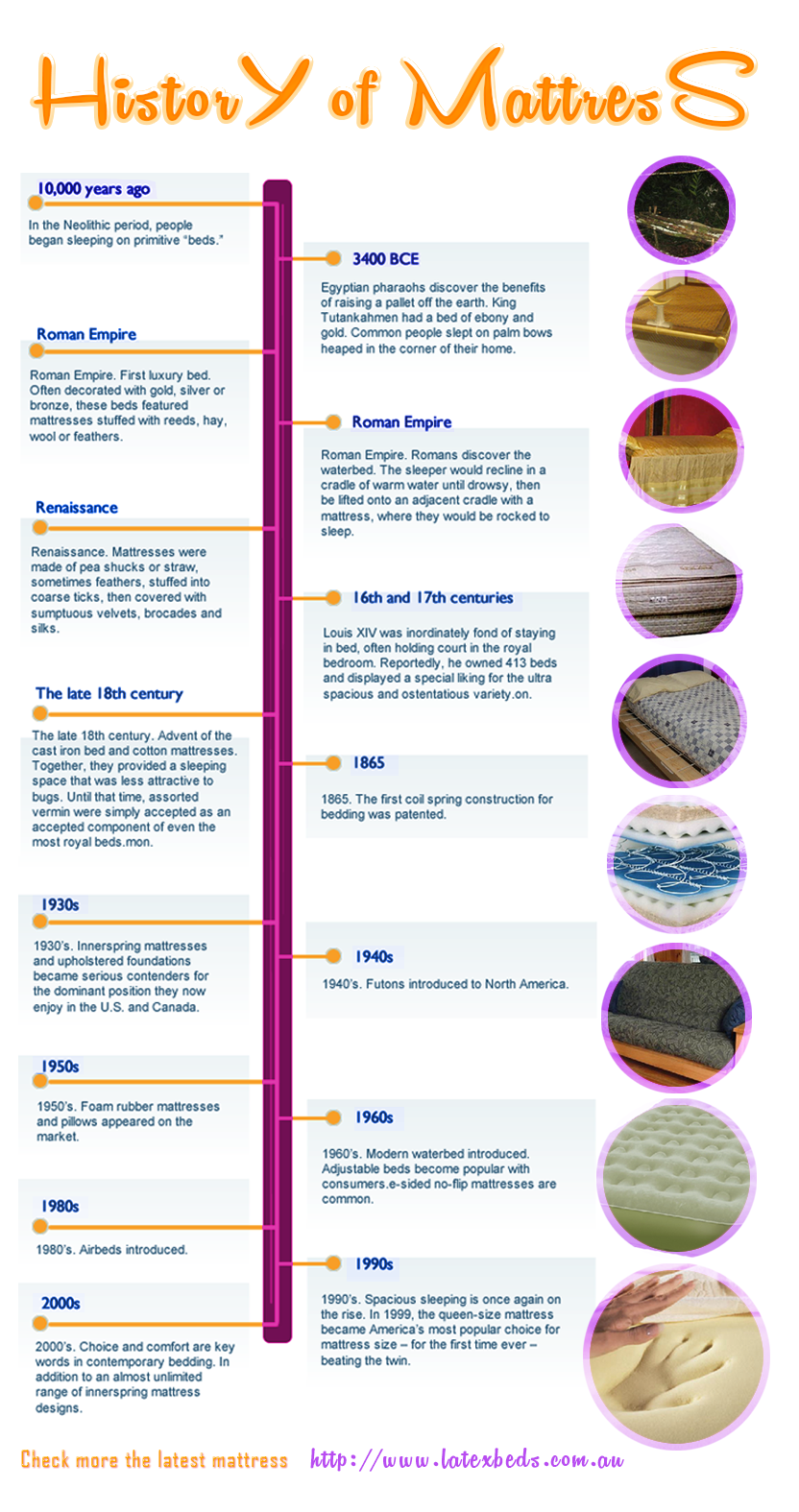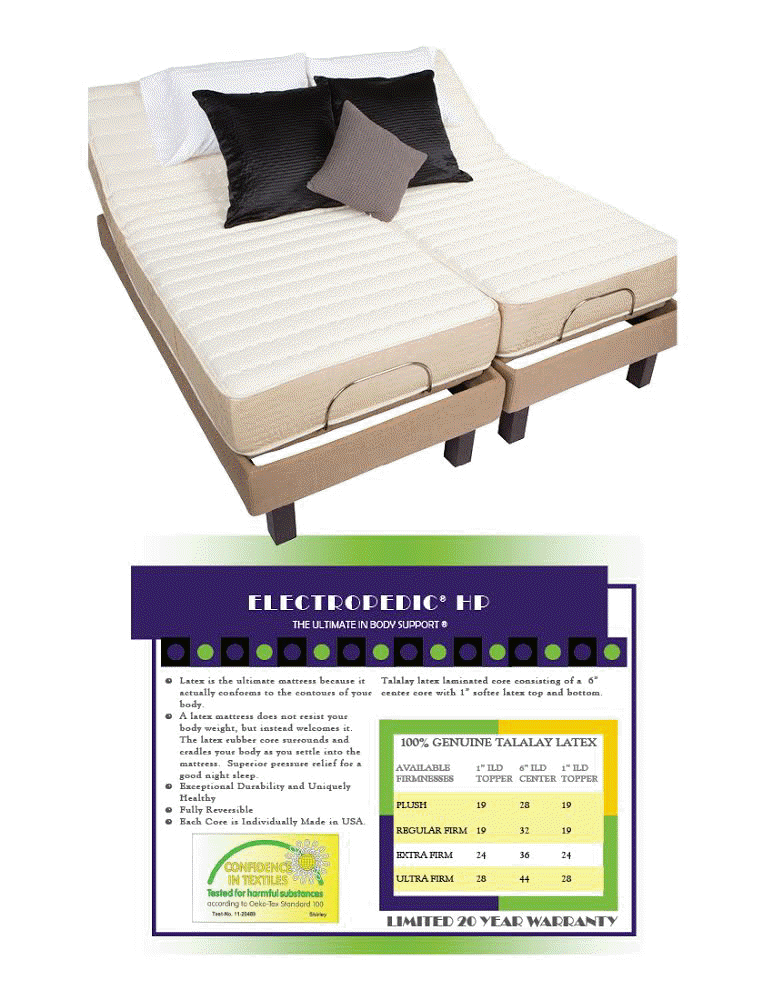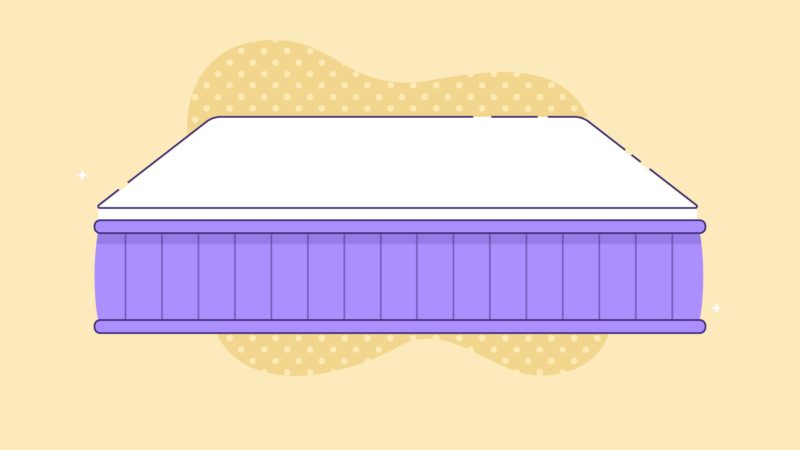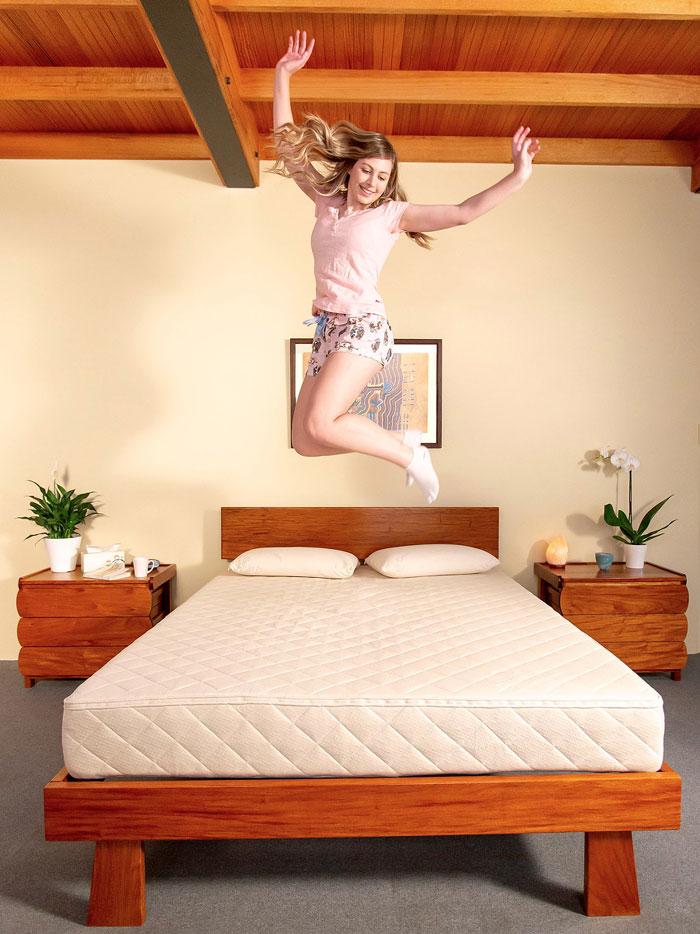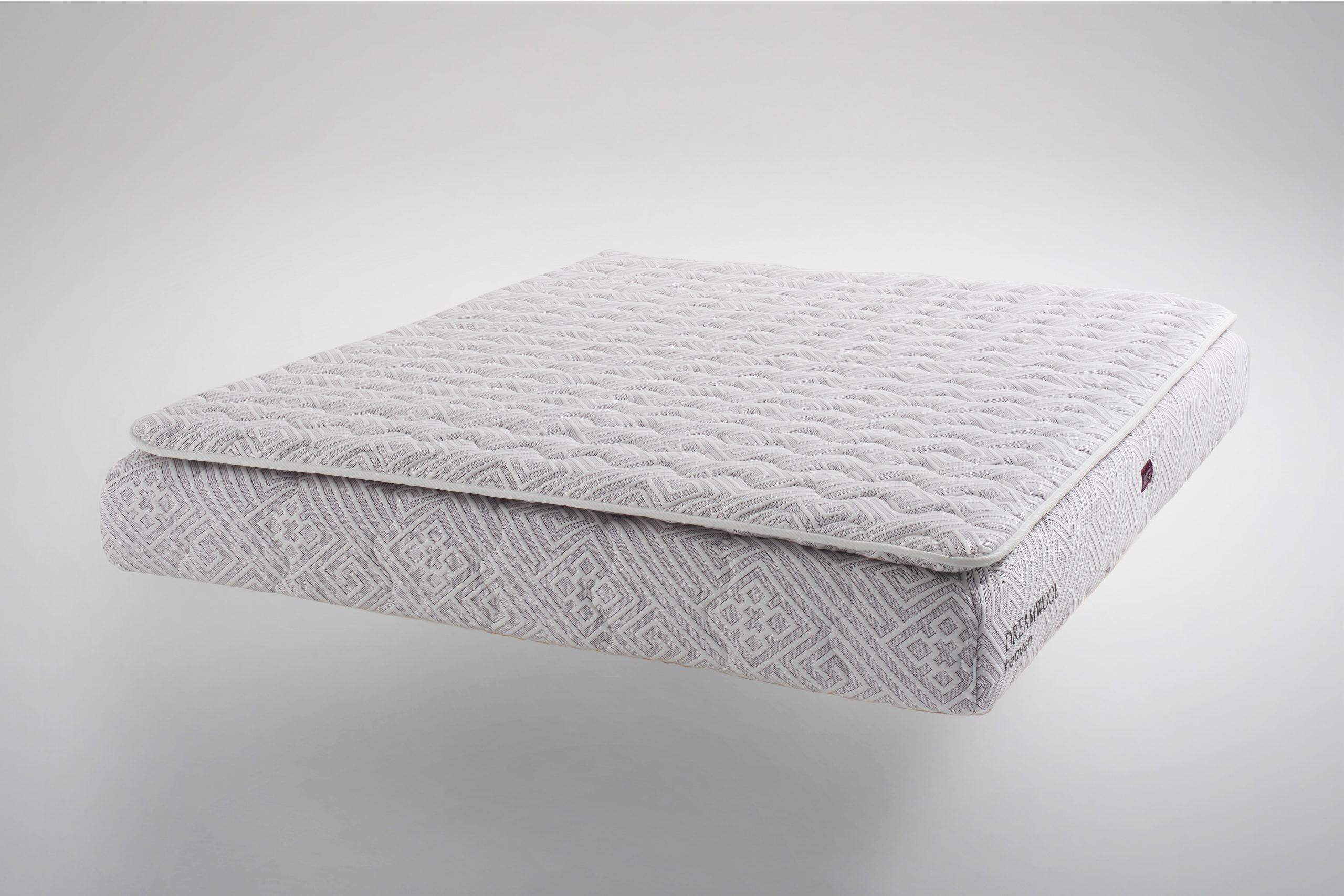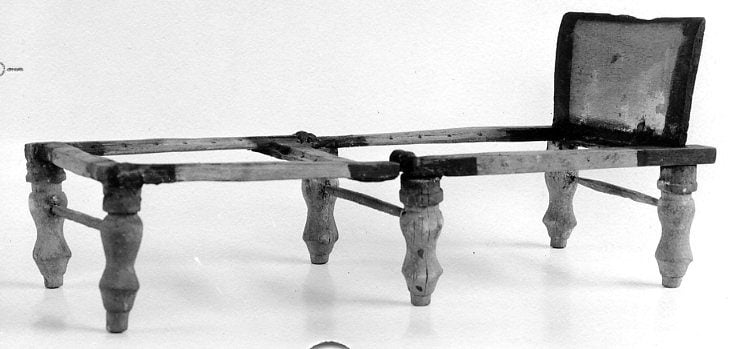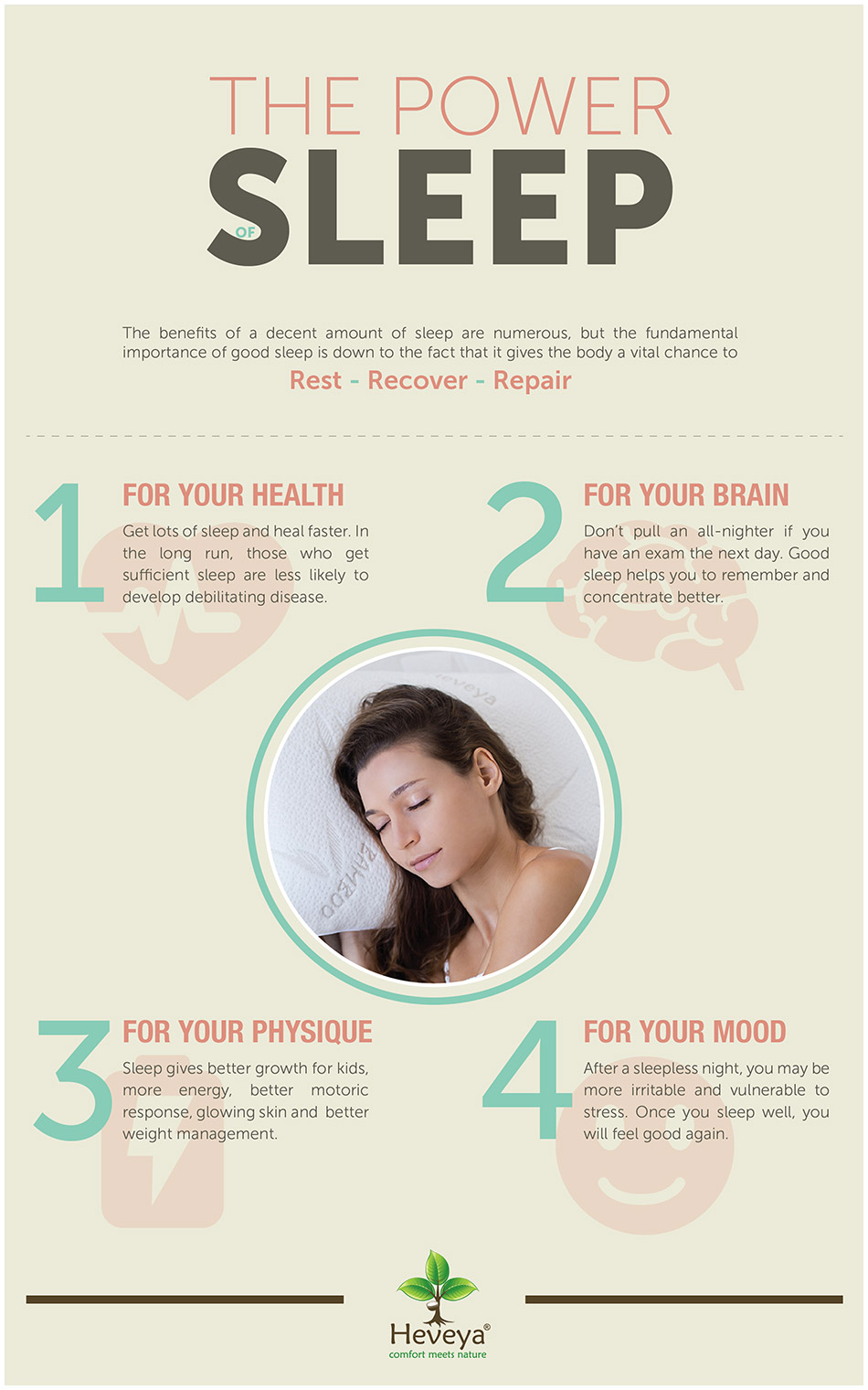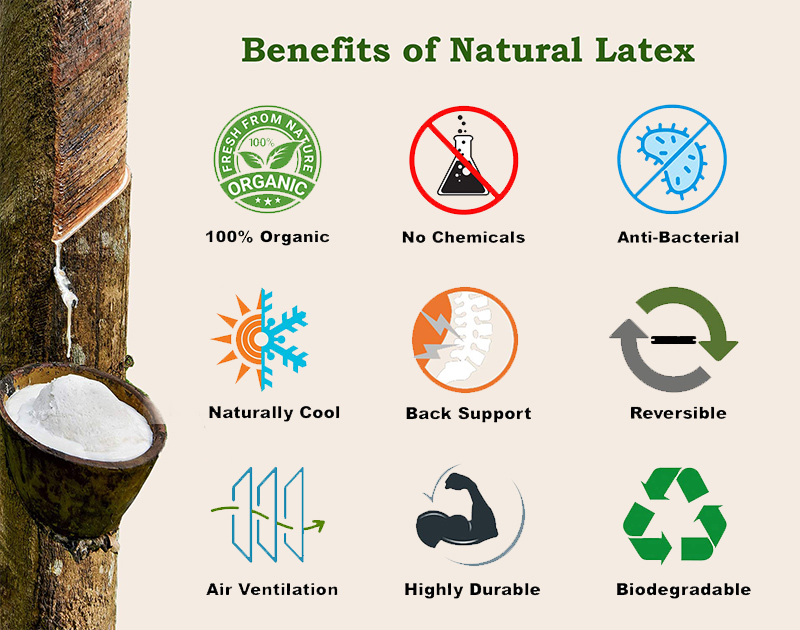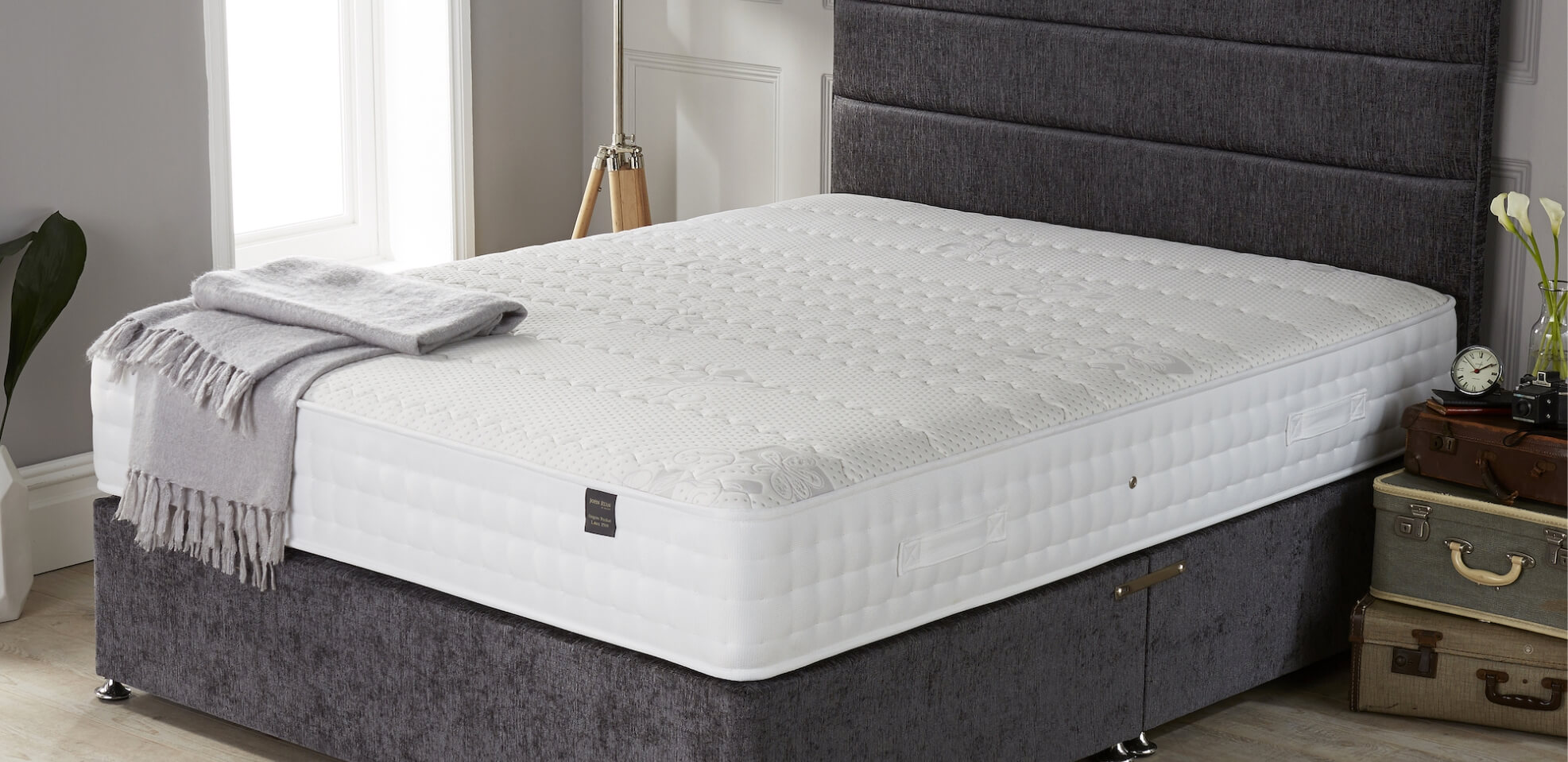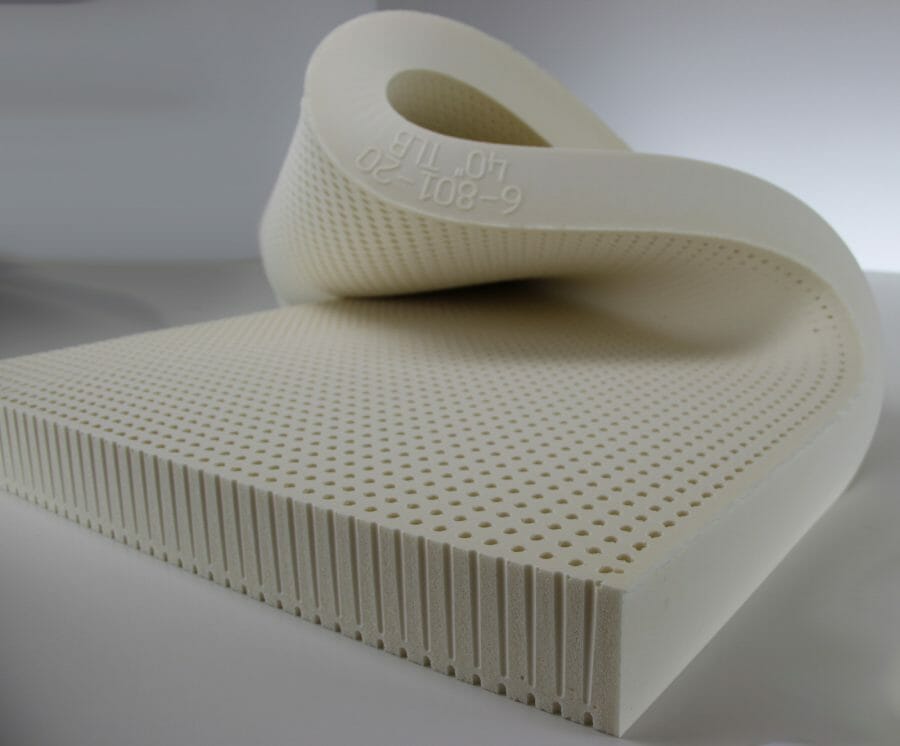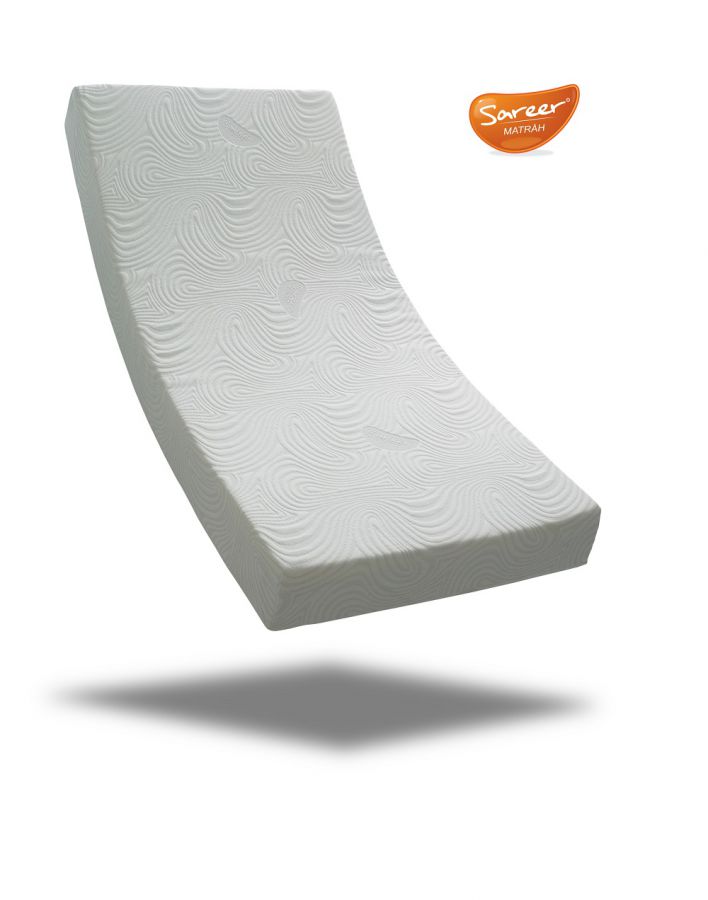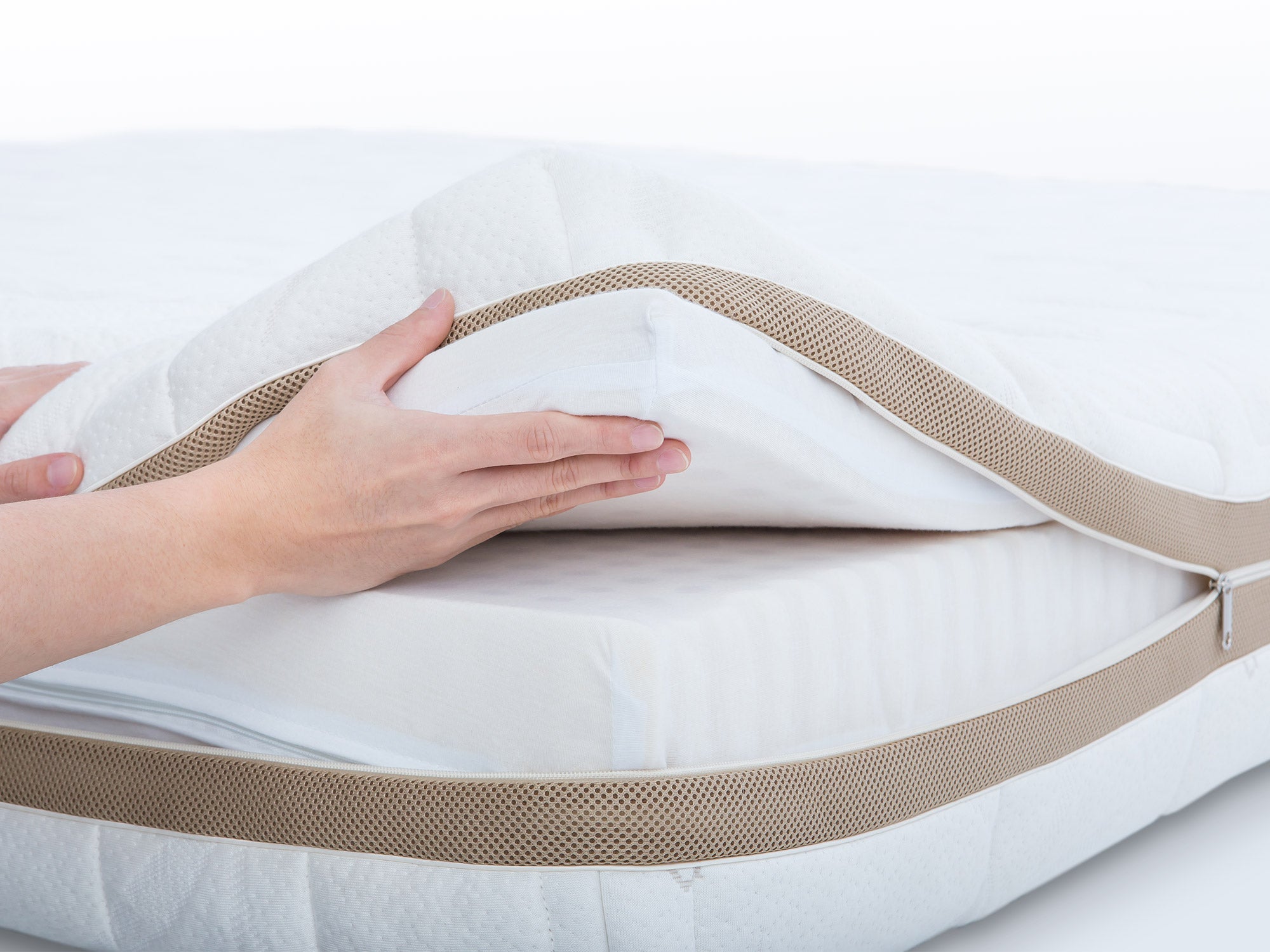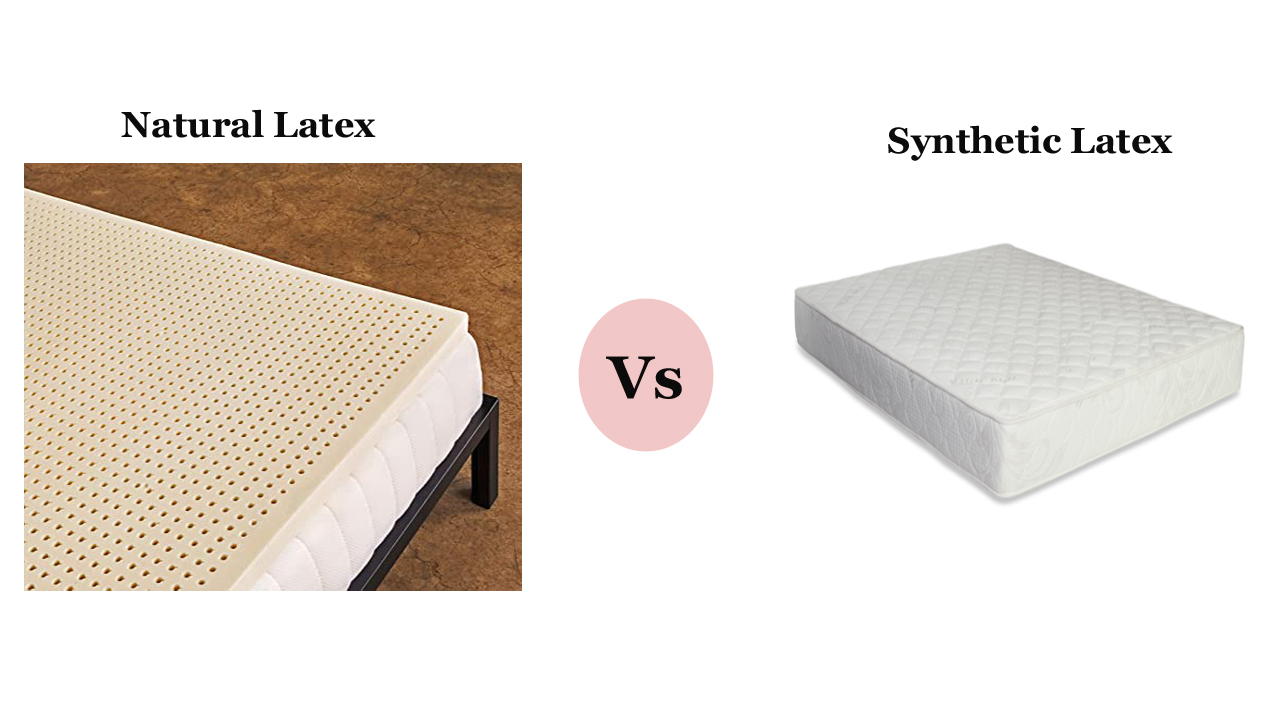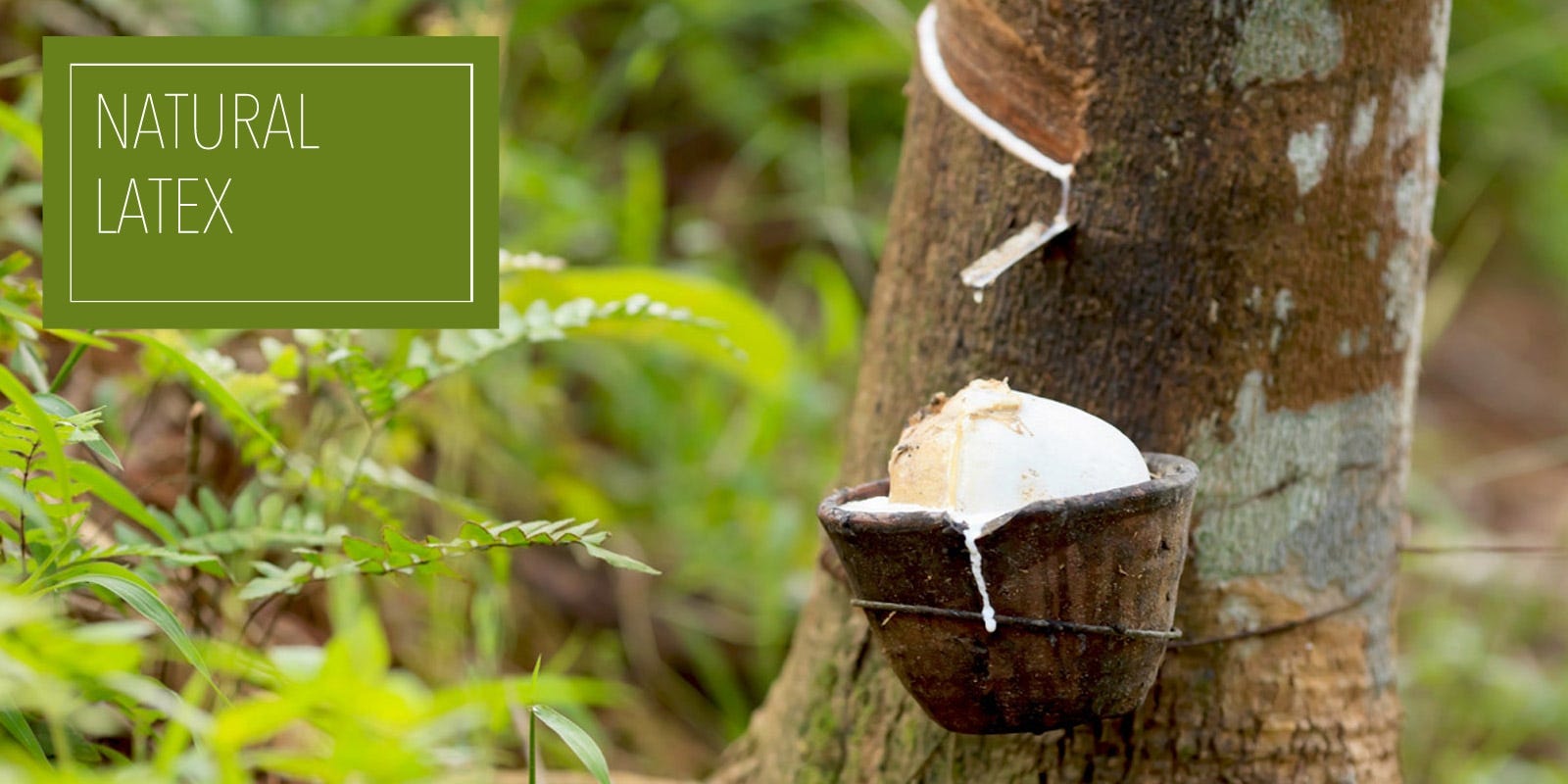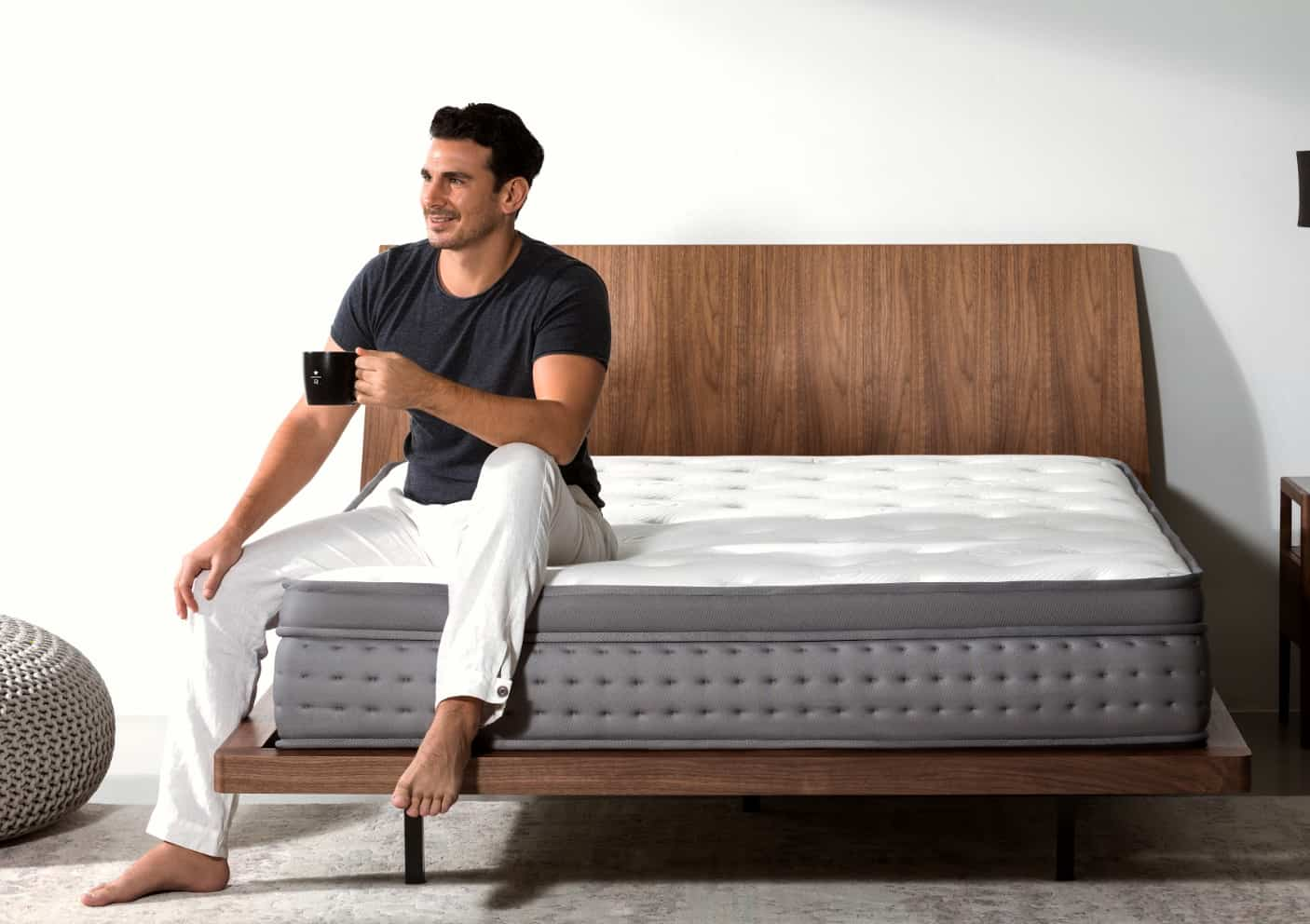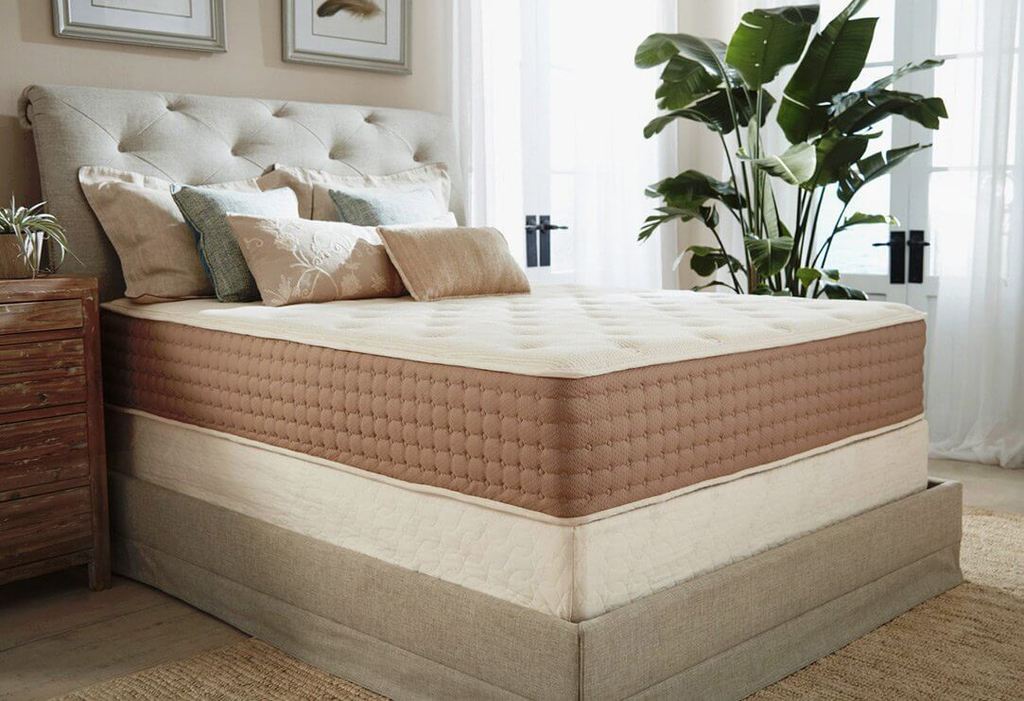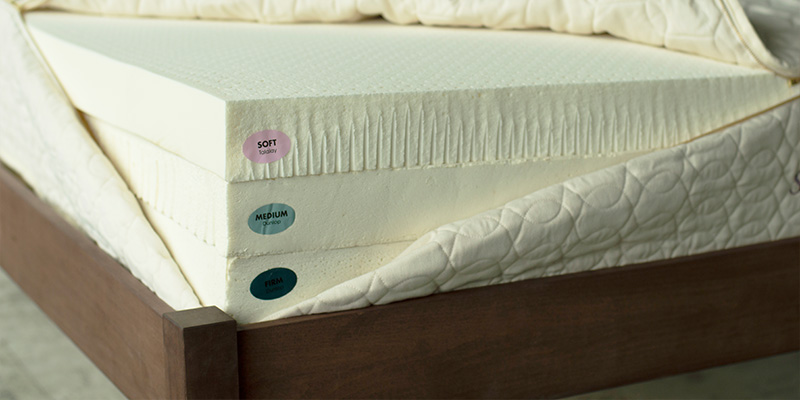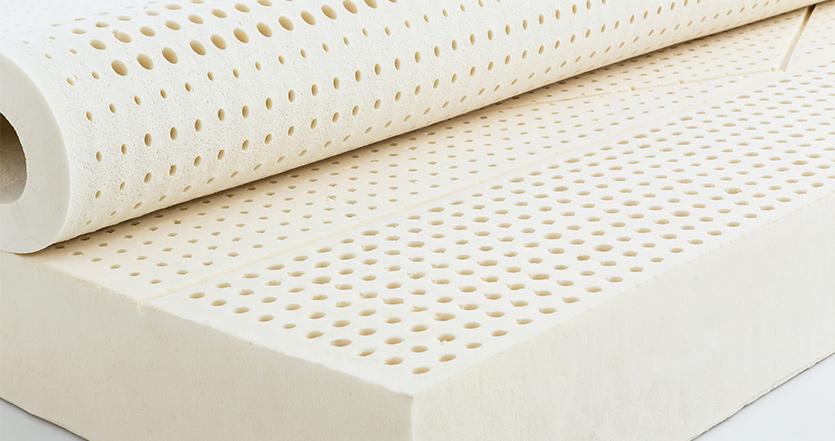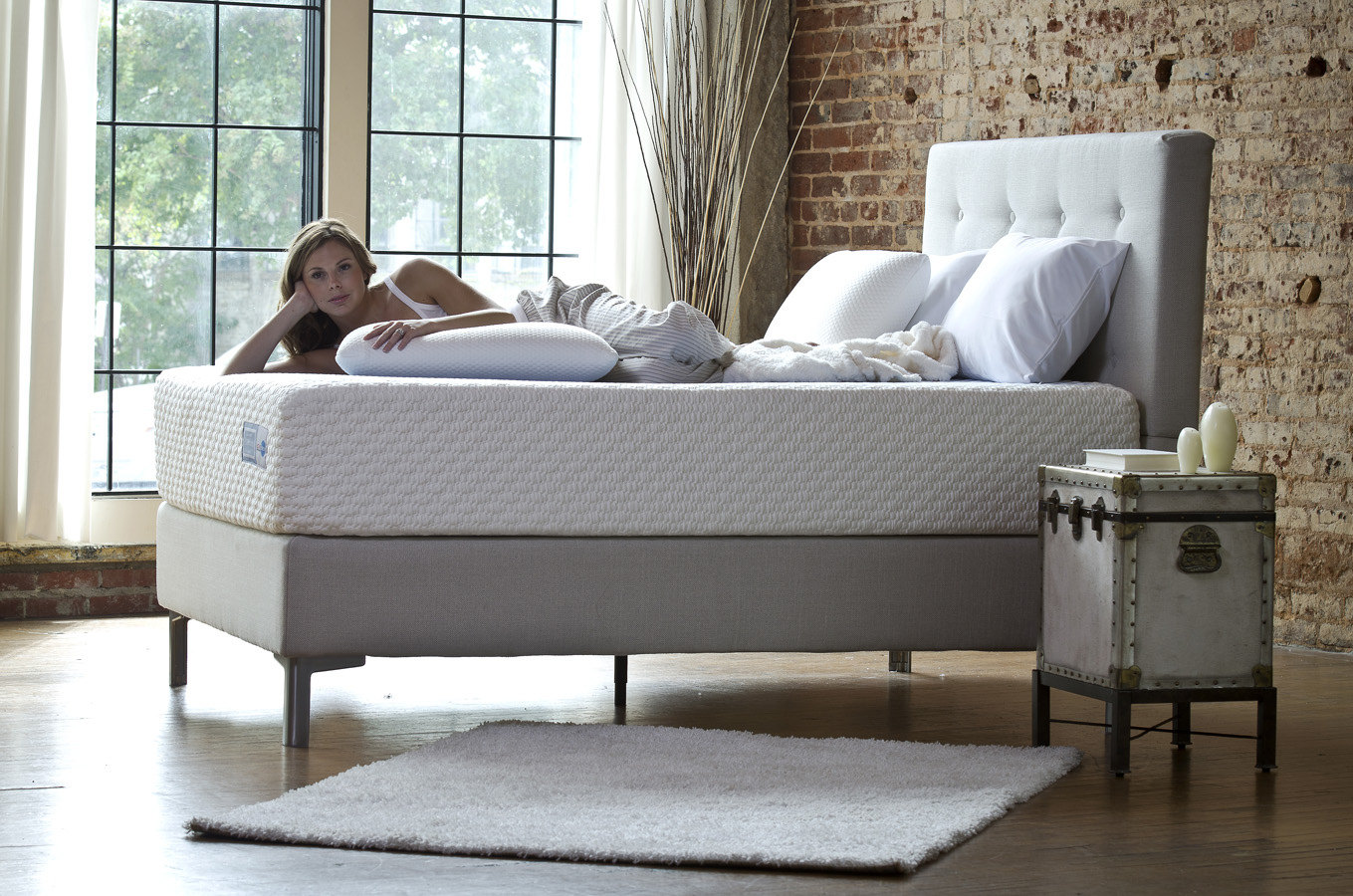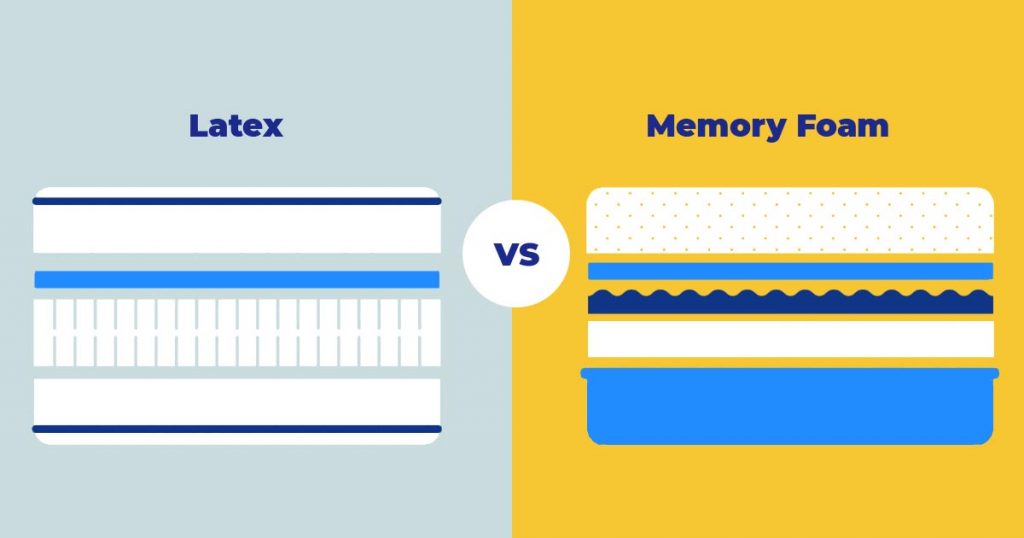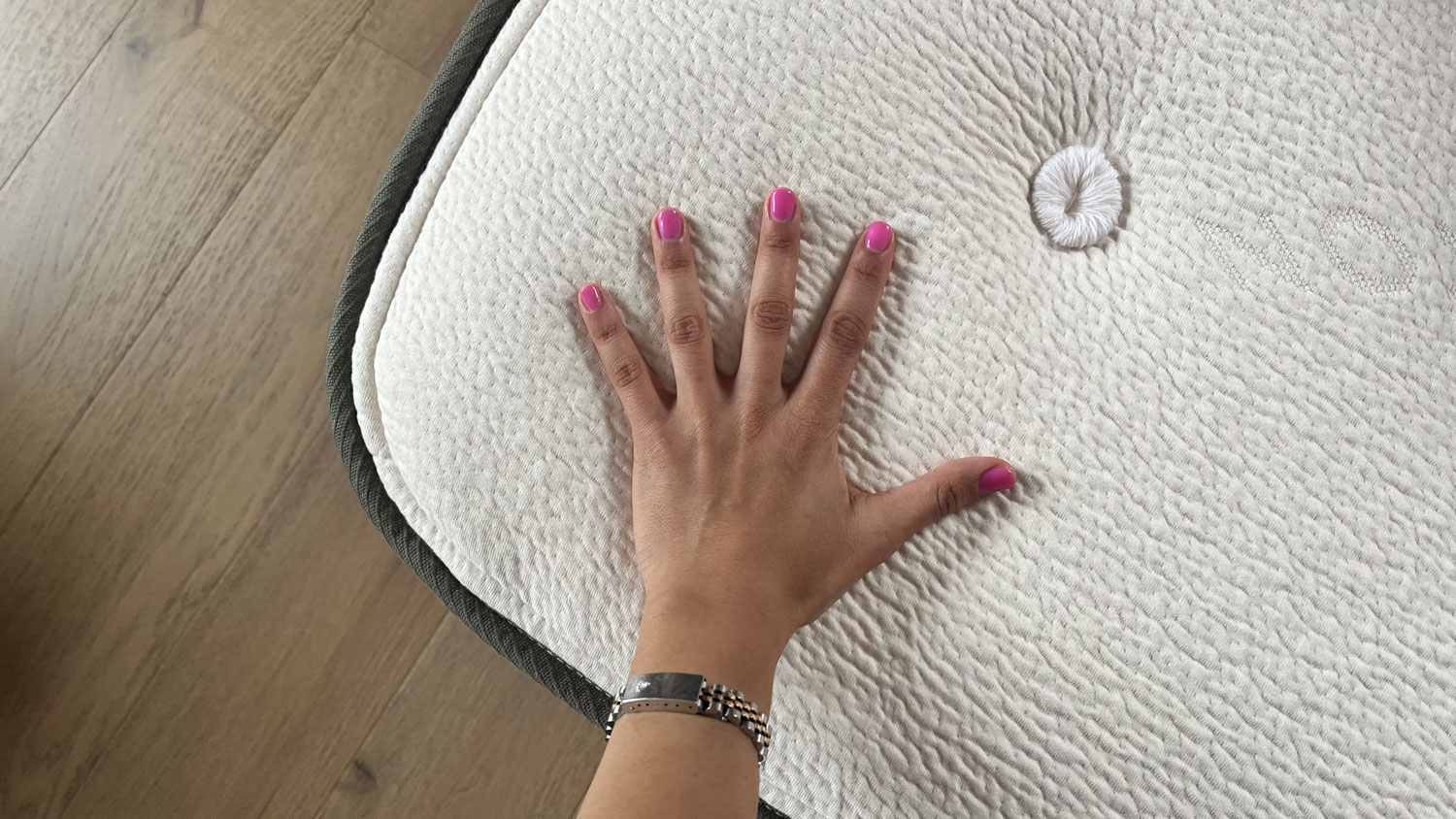When it comes to choosing a mattress, there are many options available on the market today. From memory foam to innerspring, the choices can be overwhelming. However, one type of mattress that has been gaining popularity in recent years is the latex mattress. But where did this unique and comfortable mattress originate from? In this article, we will dive into the history of the latex mattress, exploring its evolution through the ages and the impact it has had on sleep quality.Latex Mattress History: A Comprehensive Guide
The use of latex in bedding can be traced back to ancient civilizations such as the Mayans and Egyptians. They discovered the sap from the rubber tree could be used to create a cushion-like material for sleeping. This natural latex was harvested by cutting into the bark of the rubber tree and collecting the sap. It was then processed and formed into a foam-like material, which was used as a filling for mattresses and pillows. However, it wasn't until the early 20th century that latex mattresses gained popularity in the Western world. In the 1920s, a British scientist named Dunlop invented a process for creating latex foam by whipping latex sap and baking it in a mold. This resulted in a more durable and versatile foam that could be used for a variety of purposes, including mattresses.The Evolution of Latex Mattresses: From Ancient Times to Modern Day
As the use of latex mattresses became more widespread, people began to notice the many benefits of sleeping on this type of mattress. For one, latex foam is known for its pressure-relieving properties, making it an ideal choice for those with chronic pain or injuries. It also offers excellent support for the spine and joints, promoting proper alignment and reducing aches and pains. In addition to its comfort and support, latex mattresses also have natural hypoallergenic properties. This is because the material is resistant to dust mites, mold, and mildew, making it a great option for those with allergies or sensitivities. This was a significant selling point for latex mattresses in the early days and continues to be a popular feature today.The Benefits of Sleeping on a Latex Mattress: A Historical Perspective
While natural latex was the original material used in mattresses, the development of synthetic latex in the 1950s opened up a whole new world of possibilities. Synthetic latex is created using a chemical process, resulting in a material that is more consistent and durable than natural latex. This made it a popular choice for mattresses, as it could be produced in large quantities and at a lower cost. However, in recent years, there has been a shift back to using natural latex in mattresses. This is due to the increased awareness of the benefits of organic and eco-friendly products. Natural latex is sustainably sourced from rubber trees and does not contain any harmful chemicals, making it an attractive option for those looking for a more natural sleep solution.The Origins of Latex Mattresses: A Look Back in Time
Over the years, there have been many advancements and innovations in the production of latex mattresses. In the 1970s, Talalay latex was developed, which involves a more sophisticated manufacturing process resulting in a more consistent and luxurious mattress. This type of latex is known for its softer feel and is often used in the comfort layer of hybrid mattresses. In the 1990s, the use of latex in bedding expanded beyond just mattresses. Latex pillows and mattress toppers were introduced, providing an alternative to traditional materials such as down and memory foam. This allowed people to experience the benefits of latex without having to invest in a new mattress.Latex Mattresses Through the Ages: A Timeline of Innovation
Like any product, the popularity of latex mattresses has fluctuated over time. In the 1980s, memory foam mattresses became all the rage, and latex mattresses took a back seat. However, in recent years, with the increased focus on sustainability and health-conscious living, latex mattresses have made a comeback. The rise of online mattress companies has also contributed to the renewed interest in latex mattresses. These companies often offer customizable options, allowing customers to choose the firmness and thickness of their latex mattress. This, combined with the natural and hypoallergenic properties of latex, has made it a top choice for many sleepers.The Rise and Fall of Latex Mattresses: A Historical Analysis
As mentioned earlier, the original latex mattresses were made from natural latex harvested from rubber trees. However, the development of synthetic latex has made this type of mattress accessible to a wider audience. Synthetic latex can be produced in a more controlled and consistent manner, resulting in a more affordable and durable product. However, there are still those who prefer the natural option. Natural latex has a unique feel and is highly responsive, making it a popular choice for those who prefer a more buoyant and supportive mattress. It also has a longer lifespan compared to synthetic latex, making it a more sustainable and environmentally-friendly choice.Exploring the History of Latex Mattresses: From Natural to Synthetic
Throughout history, people have been searching for the perfect mattress to help them get a good night's sleep. And while there is no one-size-fits-all solution, many have found that latex mattresses offer the right balance of comfort and support for a restful sleep. One of the main benefits of sleeping on a latex mattress is its ability to conform to the body's shape while still providing adequate support. This helps to relieve pressure points and reduce tossing and turning, resulting in a more comfortable and uninterrupted sleep. Additionally, the hypoallergenic properties of latex mattresses mean a cleaner and healthier sleep environment.The Impact of Latex Mattresses on Sleep Quality: A Historical Review
In today's market, latex mattresses are no longer a niche product. They can be found in many mattress stores and online retailers, with a variety of options to choose from. With advancements in technology and manufacturing, latex mattresses continue to evolve, offering even more benefits and features to suit individual sleep needs. One of the latest trends in latex mattresses is the combination of natural and synthetic latex. This creates a hybrid mattress that combines the best of both worlds – the responsiveness and durability of natural latex with the consistency and affordability of synthetic latex.Latex Mattresses in the Modern Era: A Brief History
As the demand for eco-friendly and sustainable products continues to grow, the future looks bright for latex mattresses. With advancements in technology and a focus on natural and organic materials, we can expect to see even more innovative and comfortable latex mattresses in the years to come. In conclusion, the history of latex mattresses is a long and fascinating one, with many ups and downs. From its ancient roots to its modern-day popularity, latex mattresses have come a long way and continue to be a top choice for many sleepers. Whether you prefer natural or synthetic latex, there is no denying the comfort and benefits of sleeping on a latex mattress. So why not give it a try and experience the history of this unique and luxurious bedding option for yourself?The Future of Latex Mattresses: A Historical Perspective
The Rise of Latex Mattresses: A History of Comfort and Sustainability
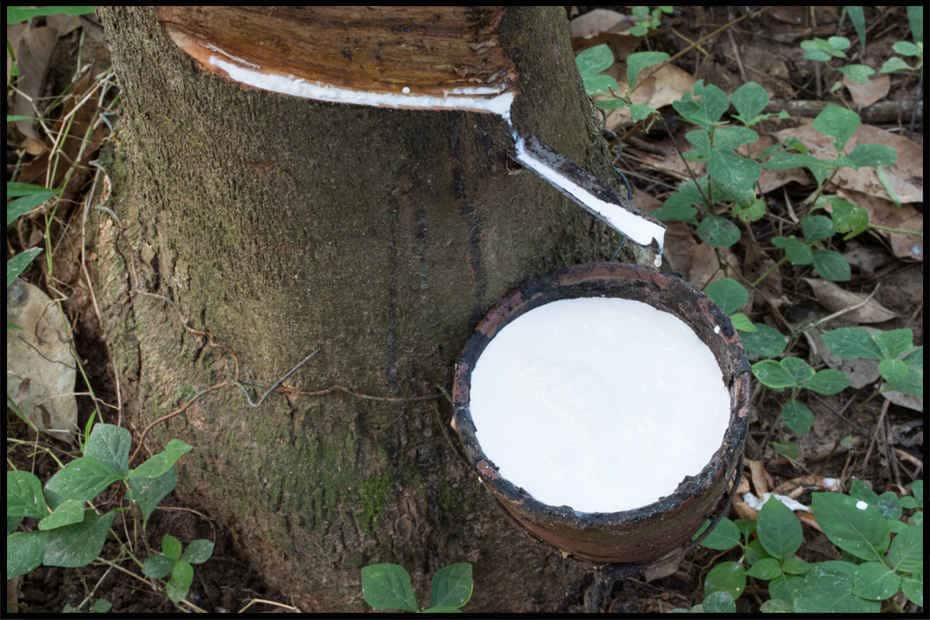
The Origins of Latex Mattresses
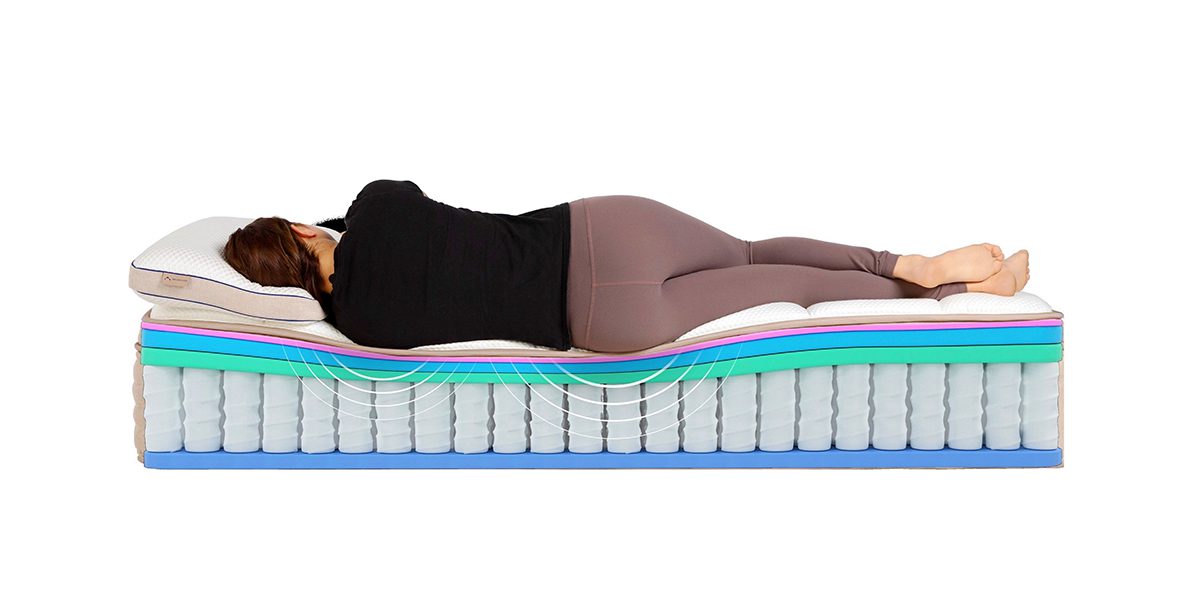 The history of latex mattresses can be traced back to the early 1900s when the first latex foam was invented by a scientist named Dunlop. He discovered that by combining liquid latex with air, he could create a lightweight, bouncy foam that was both comfortable and supportive. This revolutionary material quickly gained popularity and was used in various products, including mattresses.
The history of latex mattresses can be traced back to the early 1900s when the first latex foam was invented by a scientist named Dunlop. He discovered that by combining liquid latex with air, he could create a lightweight, bouncy foam that was both comfortable and supportive. This revolutionary material quickly gained popularity and was used in various products, including mattresses.
The Evolution of Latex Mattresses
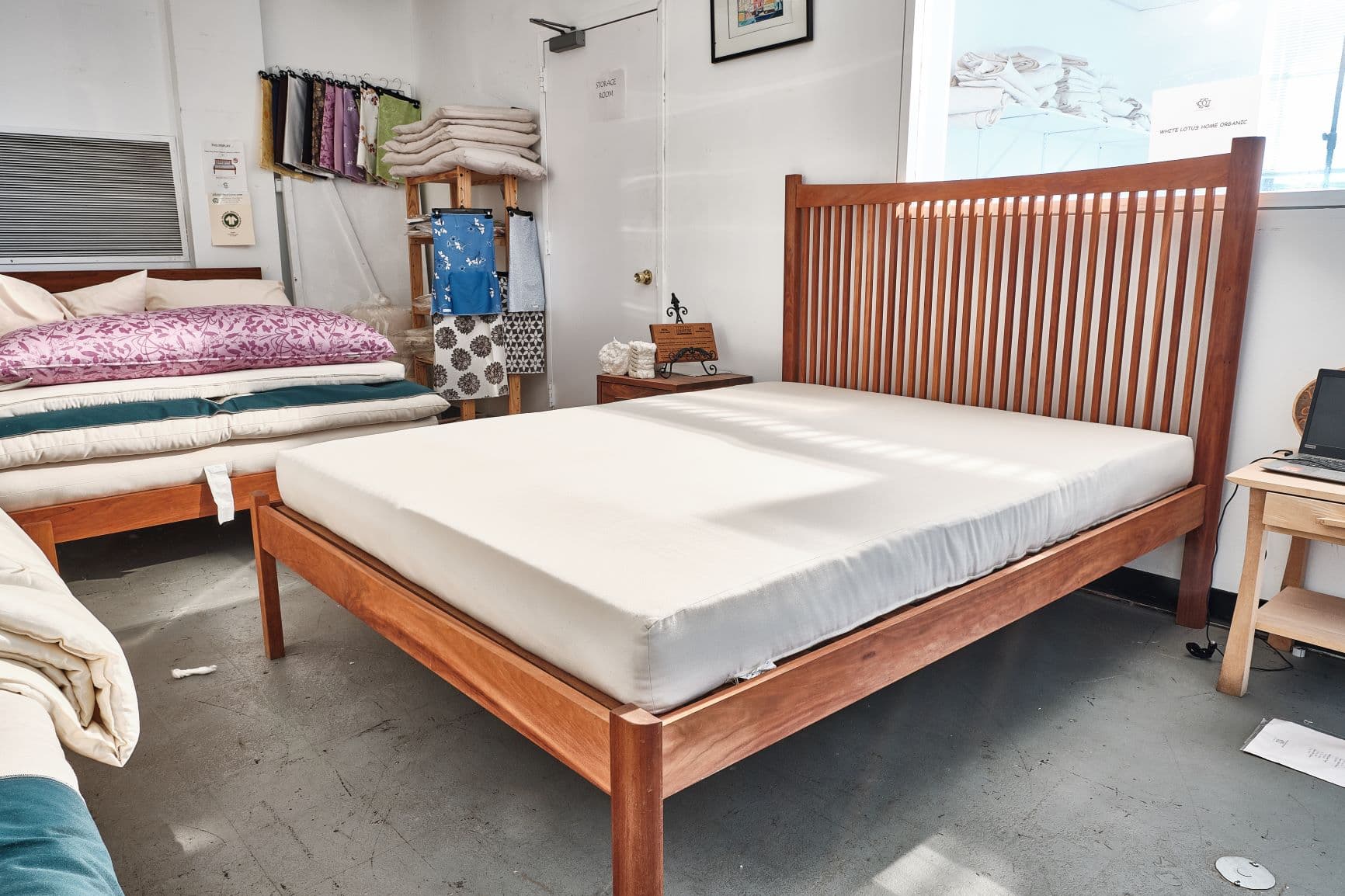 In the 1950s, a new method for creating latex foam was invented by a scientist named Talalay. This process involved freezing liquid latex before heating it, resulting in a more consistent and durable foam. This improved version of latex foam was then used in mattresses, providing even more comfort and support to sleepers.
In the 1950s, a new method for creating latex foam was invented by a scientist named Talalay. This process involved freezing liquid latex before heating it, resulting in a more consistent and durable foam. This improved version of latex foam was then used in mattresses, providing even more comfort and support to sleepers.
The Benefits of Latex Mattresses
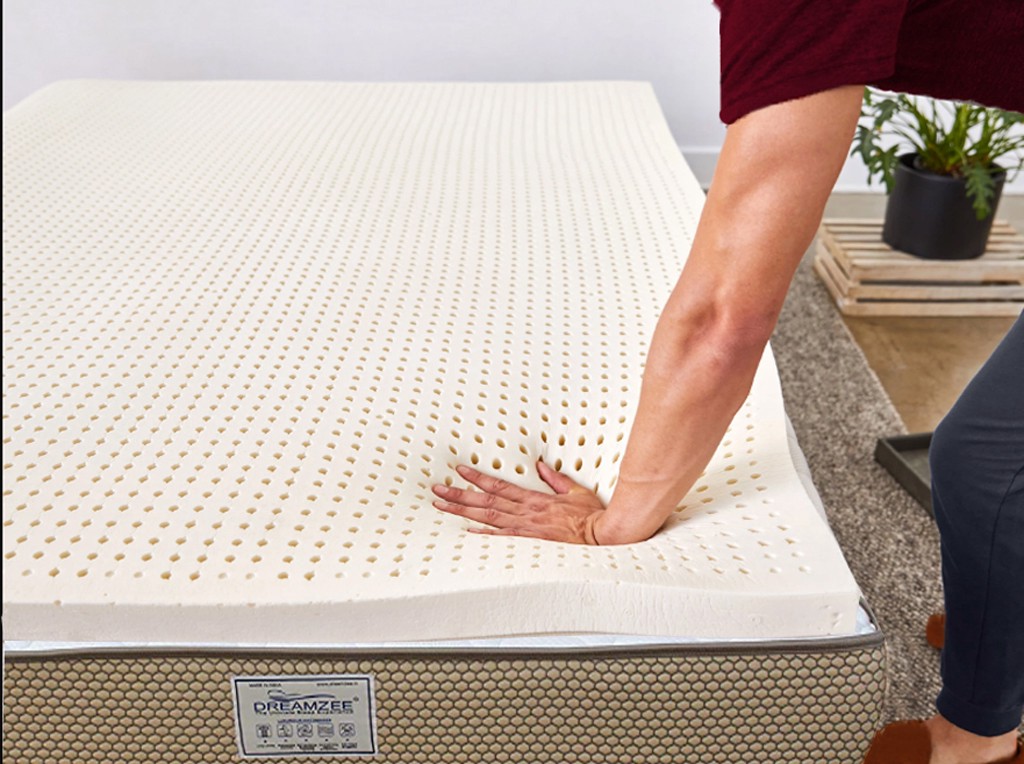 Latex mattresses quickly gained a reputation for being one of the most comfortable and supportive bedding options on the market. The unique properties of latex foam, including its ability to conform to the body and relieve pressure points, made it a popular choice for those seeking a good night's sleep. Additionally, latex mattresses are naturally hypoallergenic and resistant to dust mites, making them a great option for those with allergies or respiratory issues.
Latex mattresses quickly gained a reputation for being one of the most comfortable and supportive bedding options on the market. The unique properties of latex foam, including its ability to conform to the body and relieve pressure points, made it a popular choice for those seeking a good night's sleep. Additionally, latex mattresses are naturally hypoallergenic and resistant to dust mites, making them a great option for those with allergies or respiratory issues.
The Sustainability Factor
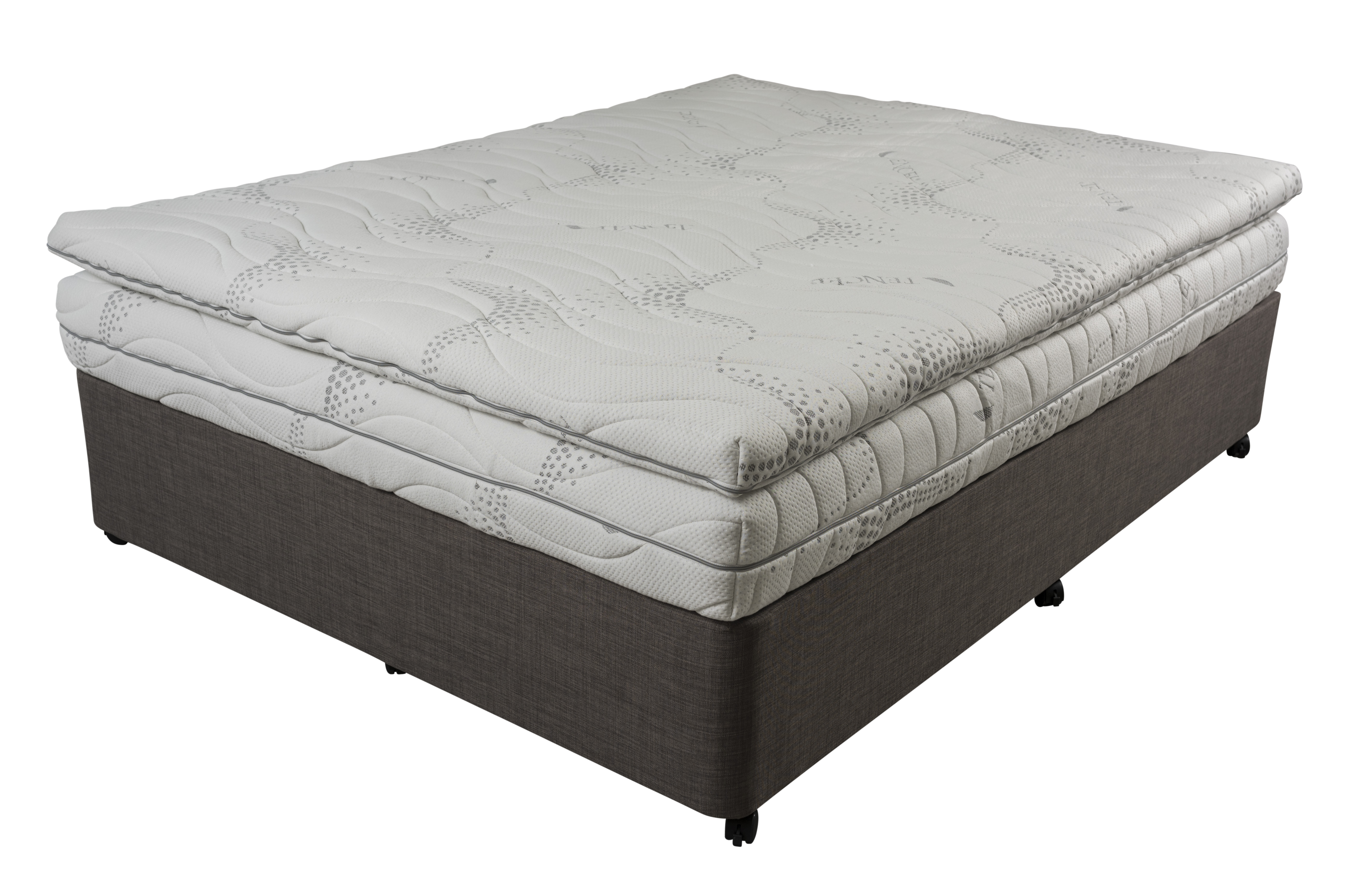 Aside from comfort and support, latex mattresses also have a sustainability factor that sets them apart from other bedding options. Natural latex foam is derived from the sap of rubber trees, making it a renewable and eco-friendly material. Latex mattresses are also biodegradable and can be recycled, reducing their environmental impact. This makes them a popular choice for those seeking a more sustainable lifestyle.
Aside from comfort and support, latex mattresses also have a sustainability factor that sets them apart from other bedding options. Natural latex foam is derived from the sap of rubber trees, making it a renewable and eco-friendly material. Latex mattresses are also biodegradable and can be recycled, reducing their environmental impact. This makes them a popular choice for those seeking a more sustainable lifestyle.
The Modern Latex Mattress
 Today, latex mattresses continue to evolve and improve, with advancements in technology and materials. Some latex mattresses now feature a combination of natural and synthetic latex, providing a balance between sustainability and affordability. Others use organic materials, such as organic cotton and wool, to create a more eco-friendly product. With its long history and continuous development, it's no surprise that latex mattresses remain a top choice for those seeking a comfortable, supportive, and sustainable bedding option.
Today, latex mattresses continue to evolve and improve, with advancements in technology and materials. Some latex mattresses now feature a combination of natural and synthetic latex, providing a balance between sustainability and affordability. Others use organic materials, such as organic cotton and wool, to create a more eco-friendly product. With its long history and continuous development, it's no surprise that latex mattresses remain a top choice for those seeking a comfortable, supportive, and sustainable bedding option.
Overall, the history of latex mattresses is one of innovation and sustainability. From its humble beginnings to its modern-day versions, latex mattresses have proven to be a reliable and desirable option for a good night's sleep. As technology and materials continue to advance, we can only imagine what the future holds for this versatile and eco-friendly bedding option.
